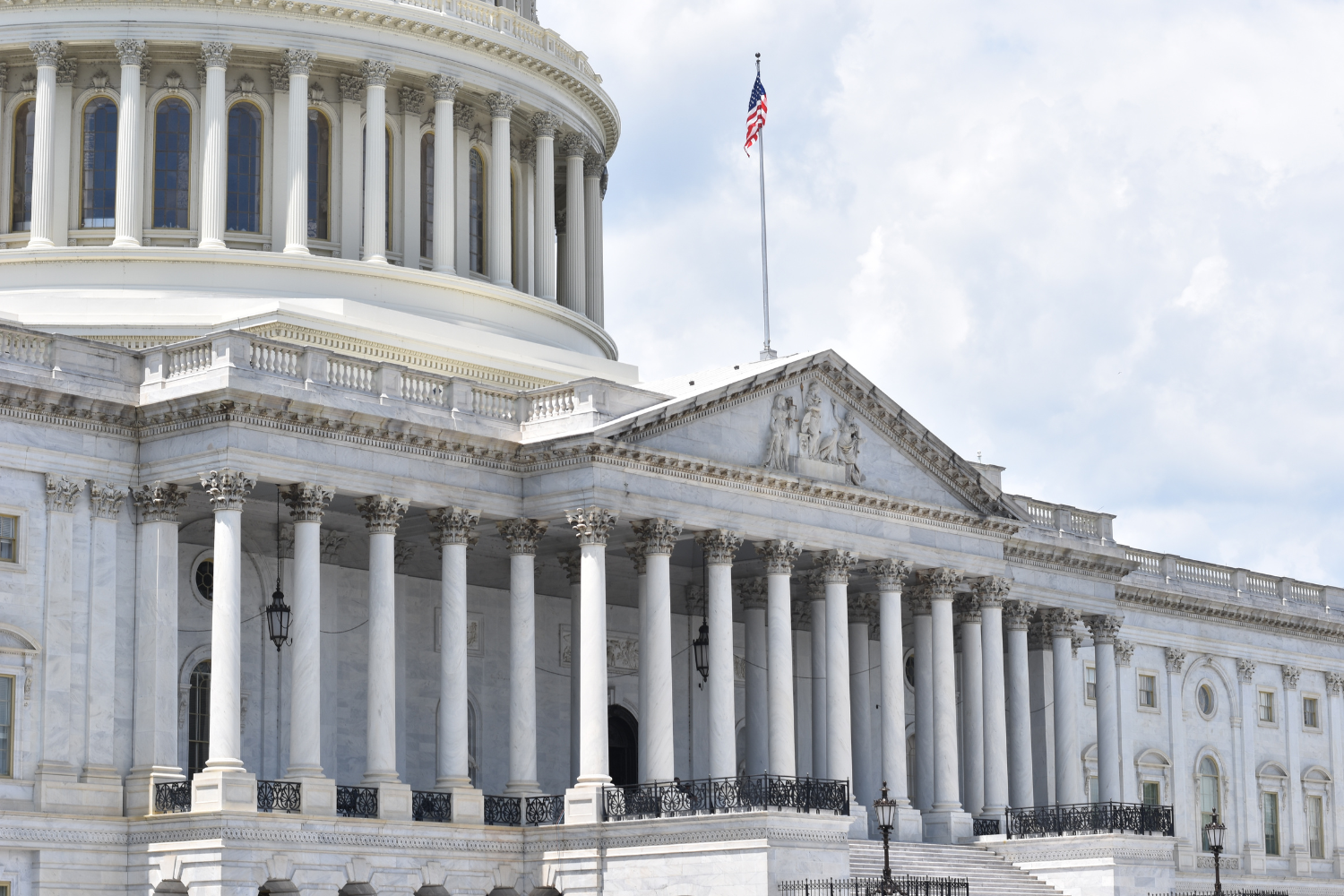May is Mental Health Awareness Month.
Burnout among physicians, particularly in family medicine, is a growing and deeply concerning phenomenon. In recent years, increasing clinical demands, administrative burdens, and the corporatization of healthcare have placed unsustainable pressure on medical professionals.
Doctors Eng, Tjiattas-Saleski, and Yehl shared a study in their ACOFP 2025 Convention presentation which highlighted that more than 50% of family medicine physicians experience burnout.
The study from Medscape, which surveyed 10,315 physicians who took board certification exams between 2017 and 2023 had a median age of 50 –years old. 57.8% were employees and 11.3% were full owners of their practices; and 75% practiced in an urban/suburban setting.
It is a stark reminder that even those trained to care for others often find themselves overwhelmed, undervalued, and emotionally depleted. The consequences are not only personal, but systemic, affecting patient care, workforce retention, and mental health outcomes.
Physician burnout is more than just a buzzword – it is a measurable, often life-altering condition. Recent data from board certification exams and nationwide surveys reveals that between one-third and half of family medicine residents and practicing physicians experience symptoms of burnout, including emotional exhaustion, depersonalization, and a diminished sense of personal accomplishment.
Female physicians, those with high educational debt, and those in larger training programs are disproportionately affected. The impact extends beyond work dissatisfaction. Burnout has been linked to depression, anxiety, and tragically, even suicide, with physicians dying by suicide at more than twice the rate of the general population.
Research also shows notable gender differences in how burnout and mental health challenges affect physicians. Female physicians experience higher rates of major depression than their male counterparts and even compared to other women with doctoral degrees. These findings suggest that female physicians may face distinct stressors and systemic pressures that warrant targeted support and intervention.
The underlying causes are complex and multifactorial. Many physicians cite overwhelming administrative work, a lack of autonomy, and excessive patient volume as key stressors. These are often compounded by personal responsibilities, poor work-life balance, and the erosion of professional identity in an increasingly transactional healthcare environment. Alarmingly, for some, these pressures start as early as medical school, where rates of depression significantly outpace those in the general public. The emotional toll of medical training and practice is immense and is reshaping the professional trajectories of many in the field.
Yet, amid these sobering statistics, there is a growing movement to reframe the narrative. Rather than view burnout as an endpoint, some physicians are leveraging it as a catalyst for reinvention. Career pivots offer an alternative path forward.
Three Doctors Share Their Stories
Mary Ann Yehl, DO
Dr. Yehl’s career journey reflects a dynamic blend of clinical expertise and entrepreneurial exploration. Beginning in nursing and progressing through roles as a nurse-midwife, women’s health nurse practitioner, and family medicine physician, she has continuously evolved her focus. Her path includes urgent care leadership, medical administration, and business development, culminating in owning a niche medical practice. Along the way, she has also pursued certifications in life coaching and nutrition, highlighting a commitment to whole-person care and professional fulfillment.
Colleen S. Eng, DO
Dr. Eng’s path to family medicine was anything but linear, showcasing the value of diverse professional experiences. Before medical school, she worked in marketing, law, and recruitment, roles that later enriched her approach to healthcare and education. Her clinical work spans urban, rural, and academic settings, and she has integrated osteopathic manipulative treatment (OMT), teaching, and leadership into her career. More recently, she has transitioned into non-clinical work in life insurance medical underwriting while maintaining a hands-on connection through her OMT practice.
Lindsay Tjiattas-Saleski, DO
Dr. Tjiattas-Saleski has strategically leveraged her DO/MBA dual degree to navigate both emergency and academic medicine. After completing a dual residency in family and emergency medicine, she practiced in rural and urban settings while also stepping into teaching and leadership roles. Her career has included directing emergency departments, mentoring students, speaking nationally, and serving as a Clinical Associate Dean. She also currently serves as the editor of the Osteopathic Family Physician journal. Her story underscores how physicians can remain clinically engaged while expanding their impact through education, advocacy, and administration.
These three physicians – Dr. Eng, Dr. Tjiattas-Saleski, and Dr. Yehl – each demonstrate burnout doesn’t have to signal an end, but rather a beginning. Their varied career pivots showcase the breadth of options available to family medicine doctors beyond traditional practice, whether through leadership, teaching, entrepreneurship, or non-clinical roles.
Feeling burned out can be a powerful invitation to pause, reflect, and realign one’s work with core values and passions. For physicians questioning their current path, there is hope – and a wide horizon of fulfilling opportunities waiting to be explored.
Physician Resources
If you or someone you know is experiencing an urgent crisis, contact the Suicide & Crisis Lifeline via phone, chat or text: https://988lifeline.org/
Physicians in need of support can contact the Physican Support Line Monday-Friday (except Federal Holidays) at 888-409-0141.
ACOFP also has a dedicated blog section on family physician health and wellness and number of virtual and on demand courses available through the LMS, including those from the 2025 Convention.
Watch the Full Session On Demand
Doctors Eng, Tjiattas-Saleski and Yehl’s full session, including worksheets and points for reflection, is now available on demand. Purchase access to the full convention or specific bundles to earn up to 38 AOA or AMA credits.





